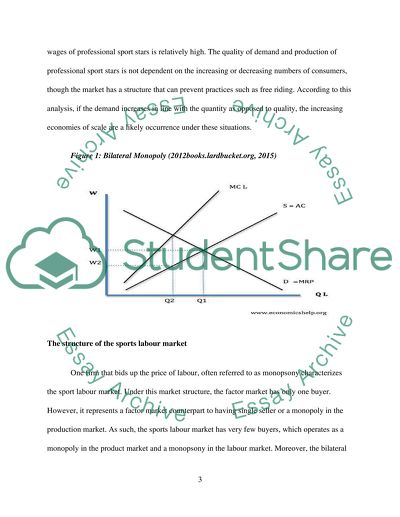Cite this document
(“The huge salaries of some top athletes from an economic perspective Essay”, n.d.)
The huge salaries of some top athletes from an economic perspective Essay. Retrieved from https://studentshare.org/macro-microeconomics/1701891-the-huge-salaries-of-some-top-athletes-from-an-economic-perspective
The huge salaries of some top athletes from an economic perspective Essay. Retrieved from https://studentshare.org/macro-microeconomics/1701891-the-huge-salaries-of-some-top-athletes-from-an-economic-perspective
(The Huge Salaries of Some Top Athletes from an Economic Perspective Essay)
The Huge Salaries of Some Top Athletes from an Economic Perspective Essay. https://studentshare.org/macro-microeconomics/1701891-the-huge-salaries-of-some-top-athletes-from-an-economic-perspective.
The Huge Salaries of Some Top Athletes from an Economic Perspective Essay. https://studentshare.org/macro-microeconomics/1701891-the-huge-salaries-of-some-top-athletes-from-an-economic-perspective.
“The Huge Salaries of Some Top Athletes from an Economic Perspective Essay”, n.d. https://studentshare.org/macro-microeconomics/1701891-the-huge-salaries-of-some-top-athletes-from-an-economic-perspective.


